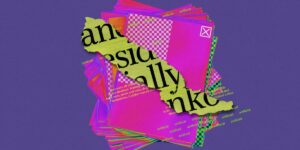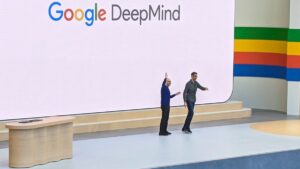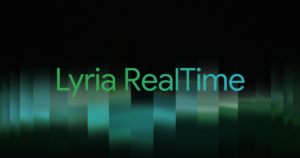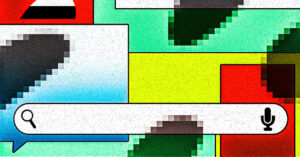YouTube Introduces AI Features from Google DeepMind for Shorts Creators
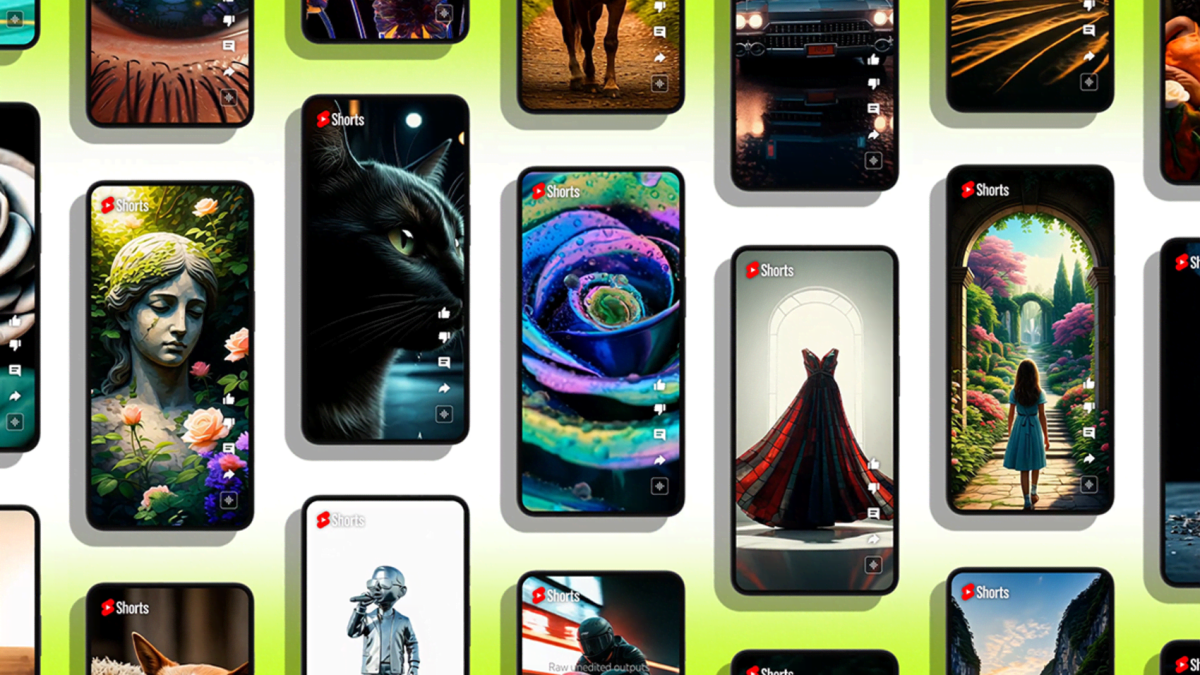
YouTube Introduces AI Features for Shorts Creators
New AI Capabilities: Veo
On Wednesday, YouTube unveiled exciting artificial intelligence (AI) features aimed at helping creators make the most of its Shorts platform. These features utilize Google’s advanced DeepMind video-generation model, branded as Veo. Veo allows creators to enhance their videos in two significant ways:
- AI-Generated Backgrounds: Creators can now add unique, AI-generated backgrounds to their Shorts.
- Written Prompts for Video Clips: Users can generate stand-alone, six-second video clips simply by entering written prompts.
YouTube’s CEO, Neal Mohan, expressed optimism about these new AI tools, noting they could empower creators to produce more engaging and compelling Shorts content.
Enhancing Creativity with AI
Mohan highlighted that the aim of these AI tools is to help creators streamline their workflow. He stated, “Everything that we showed with AI was meant to really enhance the work that you do, make it faster, more efficient, to bring your creative ideas to life faster.” This initiative was showcased at the Made on YouTube event held in New York.
Upgrades from Previous Features
The Veo features are considered an enhancement over a previously introduced AI capability called Dream Screen, launched in 2023. According to YouTube, the Veo AI backgrounds will be available for users later this year, while the ability to create six-second AI clips will be rolled out in 2025.
Additional Features in YouTube Studio
During the event, YouTube also announced new functionalities within the YouTube Studio app. Creators will soon have access to tools that can generate content ideas, video titles, and thumbnails using AI. This set of features is scheduled for a late 2024 release.
The Role of Generative AI in Content Creation
Content creators are increasingly experimenting with generative AI technologies. Many have already begun integrating AI into their productions, whether it’s to insert clips into their videos or to create entirely AI-generated content.
Concerns from Creators
Despite the promising innovations, there are some concerns among creators regarding the impact of AI on their work. Some worry that their original videos could be utilized to train AI models like Veo. Comedian Thomas Simons, who has over 15 million subscribers, expressed his doubts about the AI trend, saying, “I don’t know how I feel about all this AI stuff… It doesn’t fill me with confidence and love.”
Criticism and Intellectual Property Issues
The rise of AI-generated content has sparked criticism, especially as platforms like Facebook have become saturated with low-quality, spam-like AI outputs. Concerns also exist over AI-generated materials potentially infringing on intellectual property laws.
To address these issues, YouTube has stated that AI-generated content will be clearly marked and labeled as such. This watermarking will help distinguish between traditional and AI-created content.
The Future of the Creator Economy
Generative AI is reshaping the creator economy by giving individuals unprecedented access to advanced tools previously reserved for larger companies. Mohan emphasized that YouTube sits at the intersection of technology and creativity, crafting tools designed to boost human creativity.
As this landscape continues to evolve, the platform remains committed to supporting creators while navigating the challenges posed by AI advancements. By offering new features that blend innovation with creative expression, YouTube aims to enhance the overall creator experience on its platform.

